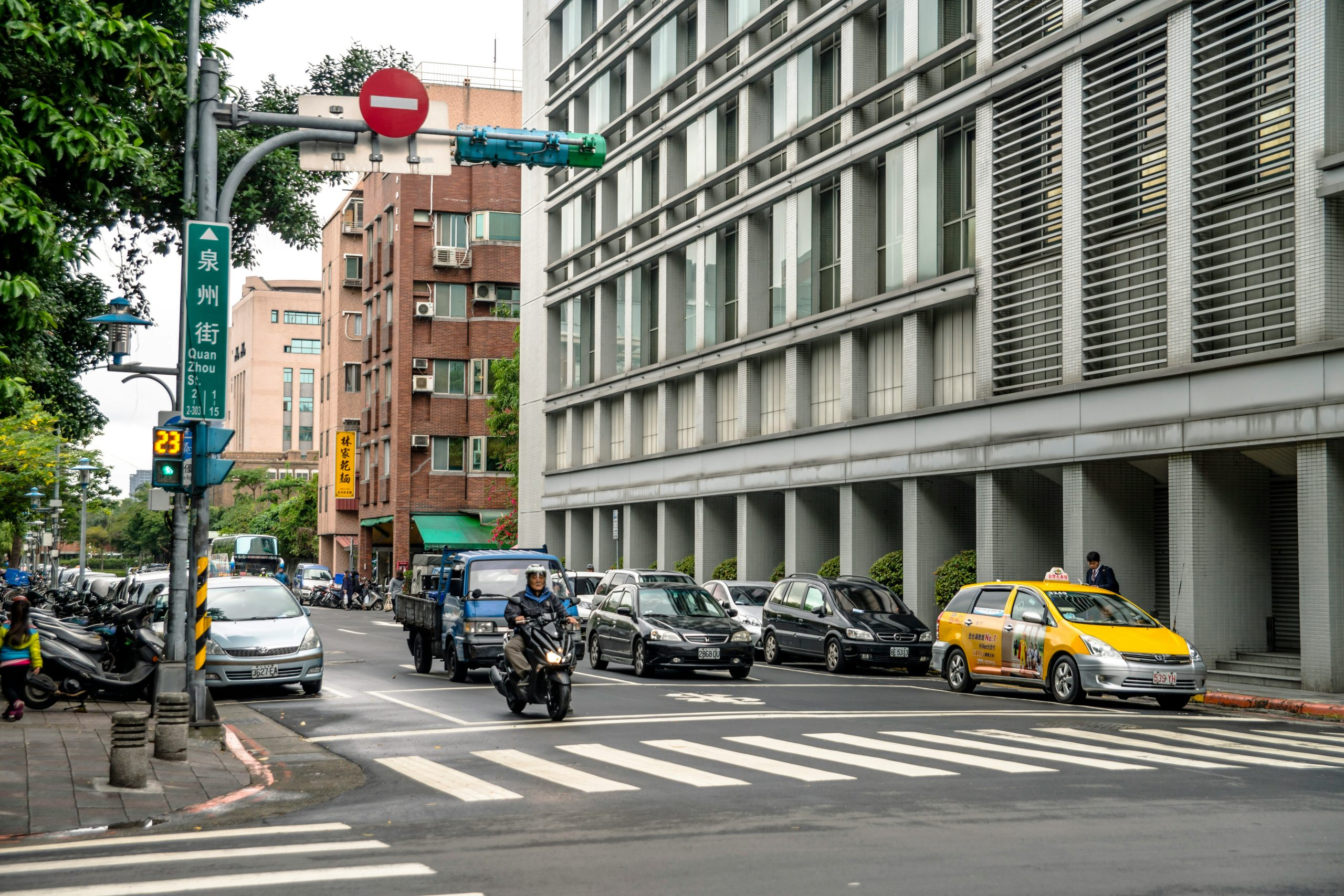Car-Free City Centers: Pros and Cons
In recent years, the concept of car-free city centers has gained traction as a potential solution to pressing issues such as traffic congestion, pollution, and urban overcrowding. This approach involves restricting or even completely banning cars from certain areas, allowing only pedestrians, cyclists, and public transport. The idea has sparked a heated debate with some advocating for it as a way to create more livable and sustainable cities while others see it as an impractical and even harmful measure. In this article, we’ll take a closer look at the pros and cons of car-free city centers and explore the potential impact it could have.
The Pros of Car-Free City Centers
Reduced Traffic Congestion
One of the main benefits of car-free city centers is the potential to reduce traffic congestion. With fewer cars on the road, there will be less traffic, leading to shorter commute times and less frustration for both drivers and pedestrians. This could also have a positive impact on public transport, which often gets stuck in traffic and struggles to keep up with schedules.
Better Air Quality
The presence of cars in city centers has a significant impact on air quality. Vehicle emissions are a major contributor to air pollution, which can lead to a host of health problems. By reducing the number of cars, car-free city centers can help improve the air quality, making it healthier for both pedestrians and cyclists. This can also have positive effects on the environment, reducing the carbon footprint and contributing to the fight against climate change.
Promotion of Active Transportation
With cars being restricted from city centers, people will have to find alternative modes of transportation, such as walking, cycling, or using public transport. This can be a great way to promote more active and healthier lifestyles. By encouraging people to walk or bike instead of driving, car-free city centers could help combat sedentary behavior, which has been linked to numerous health issues. It can also contribute to reducing the number of cars on the road, reducing pollution and congestion even further.
Potential for Economic Boost
Some proponents of car-free city centers argue that it could also have positive economic effects. By creating more pedestrian-friendly, lively areas, businesses could thrive and attract more visitors. With more people actively using the streets, it could also lead to more social connections and community-building, making city centers more vibrant and desirable places to live.
The Cons of Car-Free City Centers
Potential for Displacement
Restricting cars from city centers could also have negative consequences. It could lead to the displacement of residents and businesses who rely on cars as their main mode of transportation. This could mainly affect low-income communities and small businesses that may struggle to adapt to the new regulations. As a result, it could contribute to further economic and social inequalities.
Increased Transportation Costs
For some people, using a car is the most convenient and cost-effective way to get around. Banning cars from city centers could force them to find alternative modes of transportation, which could be more expensive and time-consuming. This could be especially challenging for individuals who live in the suburbs and have to commute to work in the city center.
Impact on Emergency Services
Car-free city centers could also pose challenges for emergency services, as they rely on quickly navigating through busy city streets to respond to calls. By restricting or banning cars, it could slow down response times and put lives at risk. This could be a major concern for cities that have a high demand for emergency services.
Conclusion
Car-free city centers have both pros and cons, and the debate on its effectiveness is ongoing. While it has the potential to reduce traffic congestion, promote active transportation, and improve air quality, it could also have negative effects on residents and businesses, increase transportation costs, and impact emergency services. As cities continue to grow and face increasing challenges, it’s essential to consider all options and weigh the potential benefits and consequences before implementing significant changes like car-free city centers.










